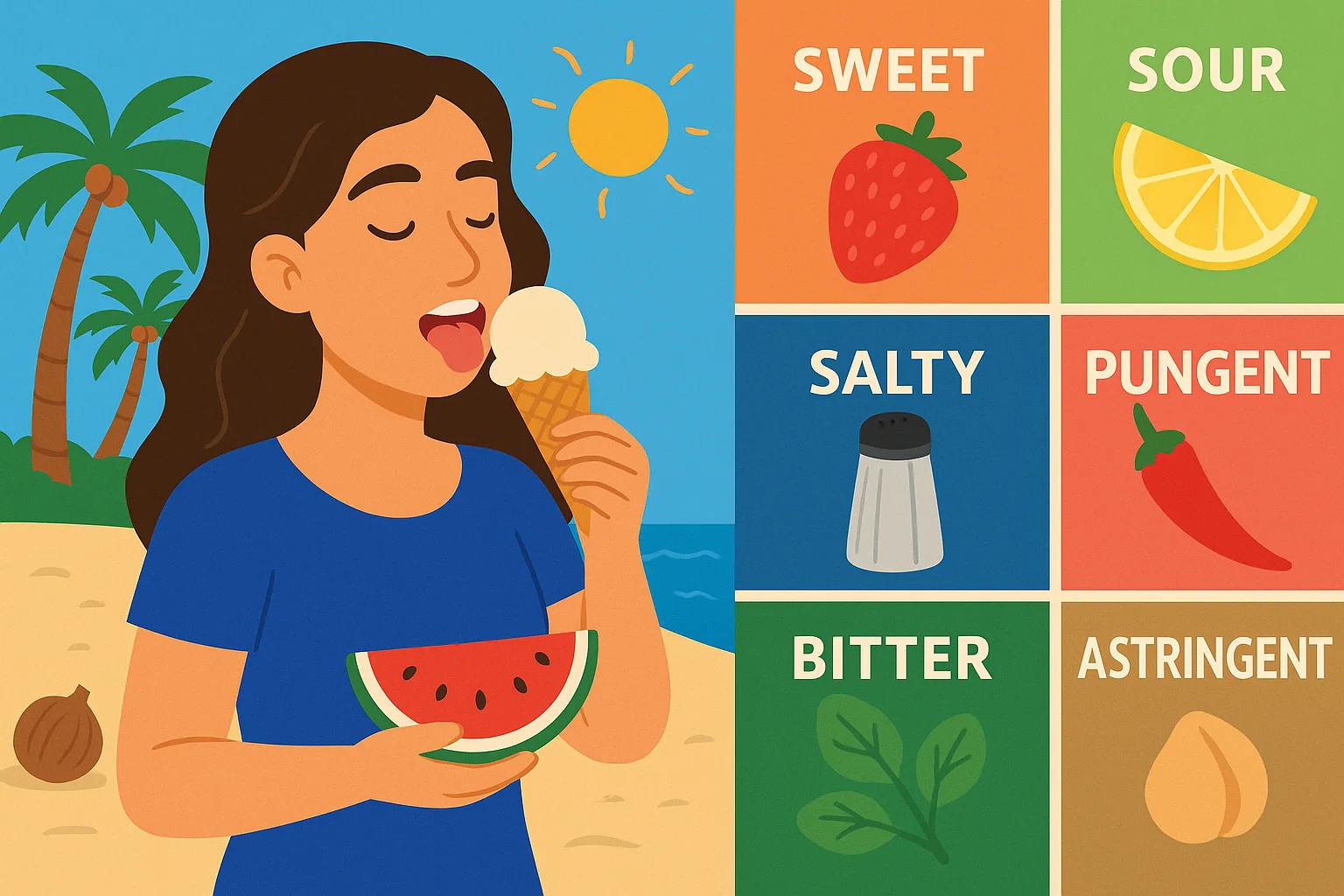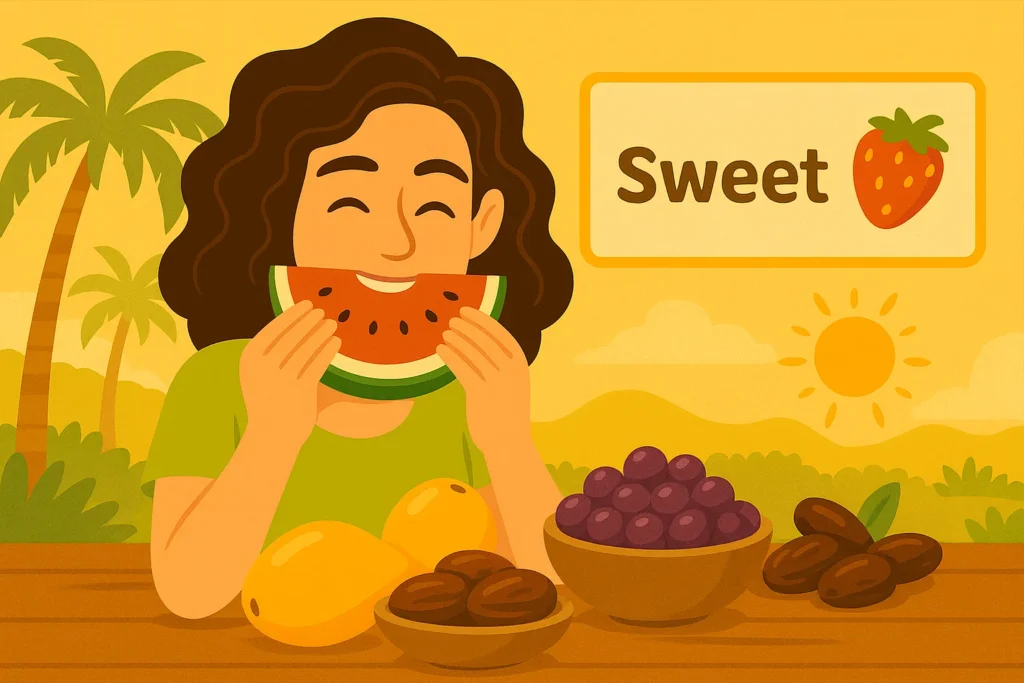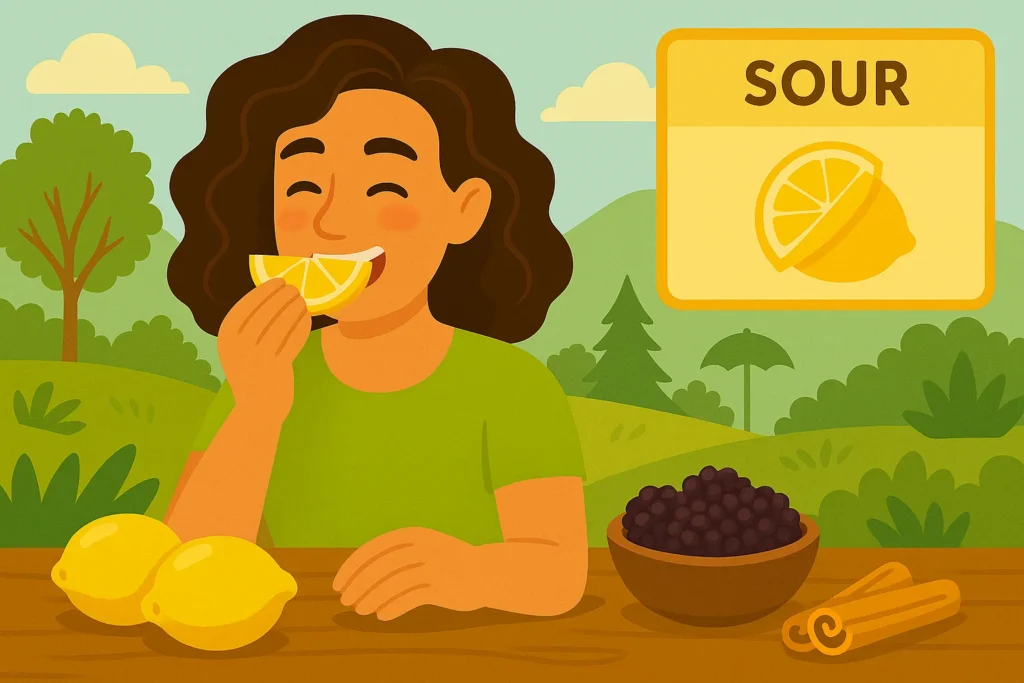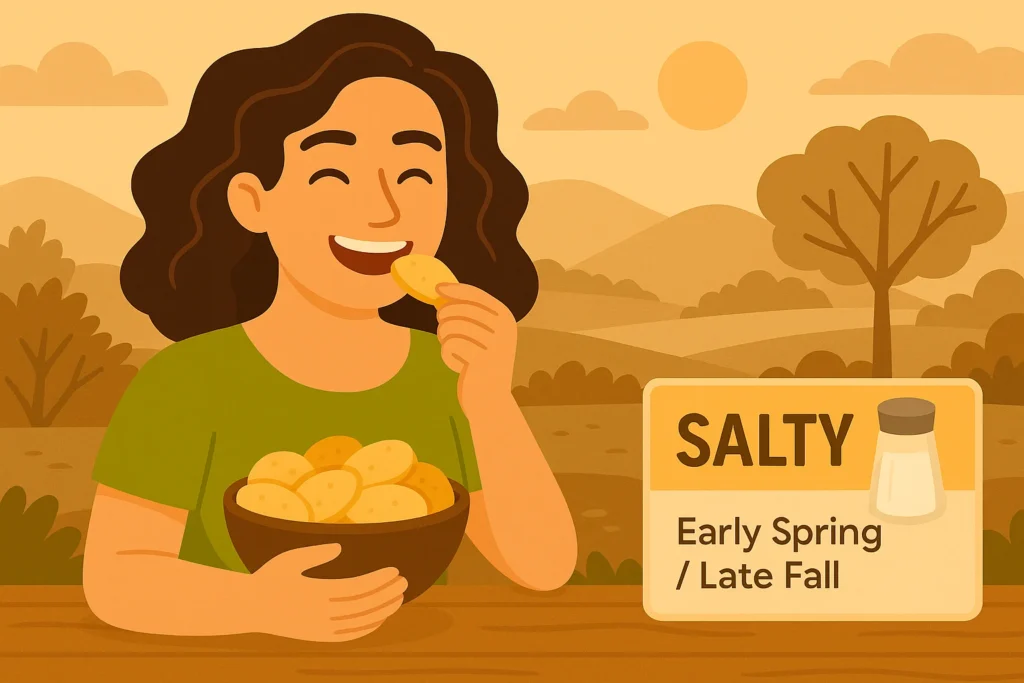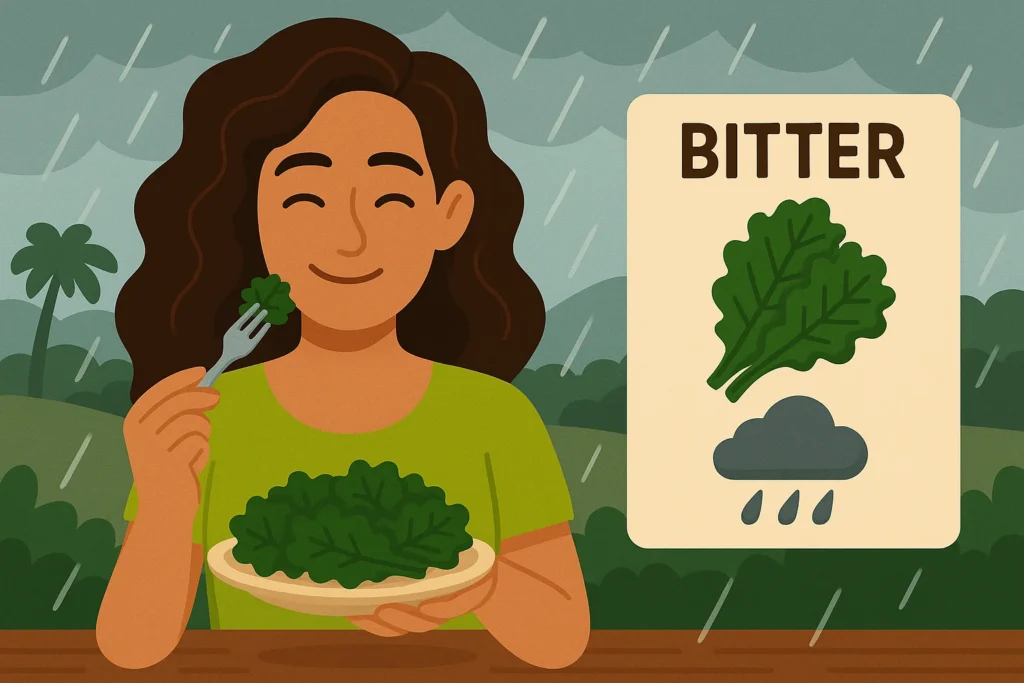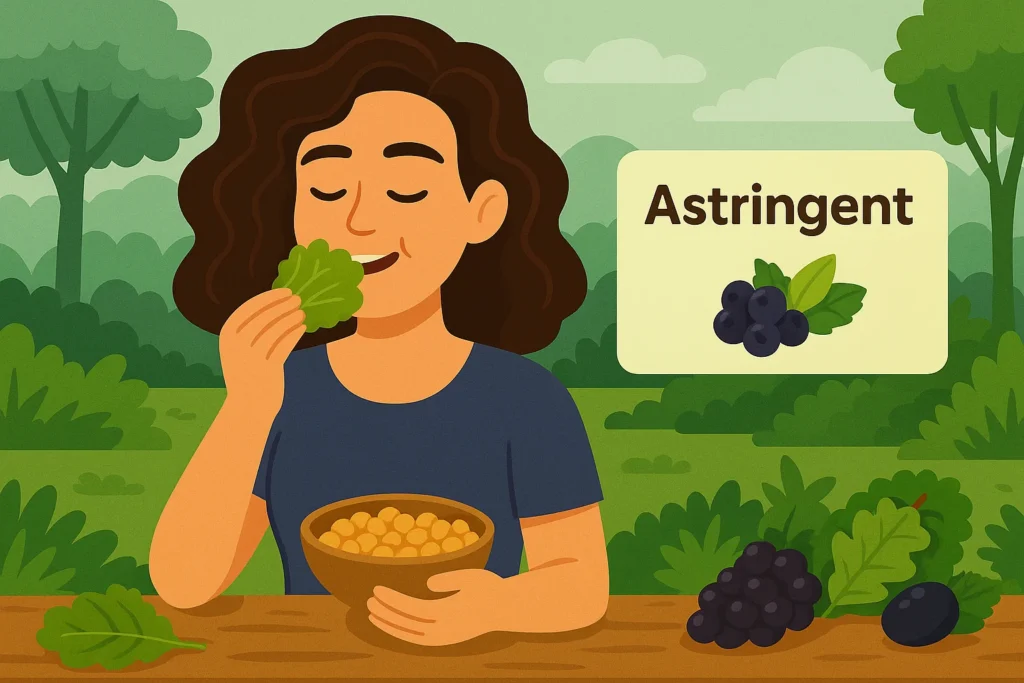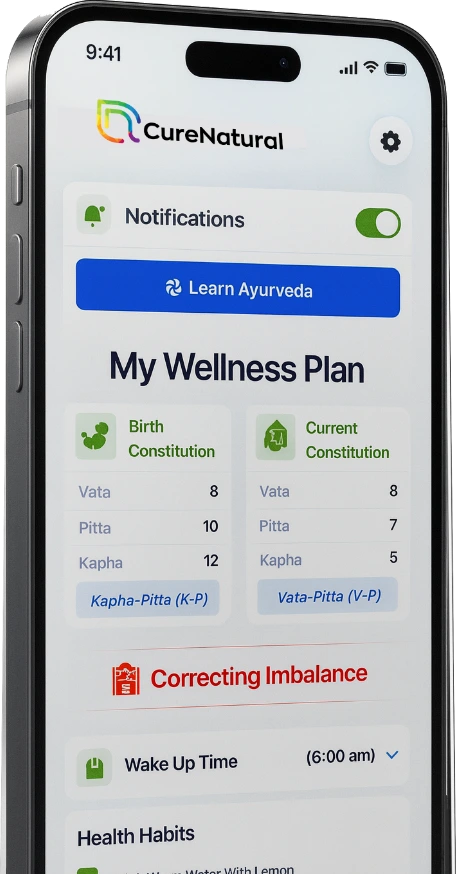The Six Tastes of Ayurveda: Ancient Wisdom for Modern Health
Ever thought about how tasting food can heal and balance us? In Ayurveda, the ancient practice, Rasa, or taste, is key to our health.
The six tastes of Ayurveda are not the same as “flavors”. The flavors are purely designed with the idea to ‘mix’ foods and food groups, to create a taste that is appealing to eat. But the ‘taste’ of a food is based on the natural description of a taste, provided that you are eating a natural food. For example, an apple or melon is sweet by nature. A pepper or garlic is pungent. Rock salt is salty. No matter what, you cannot change the taste of these natural foods. You can only combine them to change a flavor.
Ayurveda sees Rasa as a healing force. It teaches us about the six tastes of Ayurveda: sweet, sour, salty, pungent, bitter, and astringent. Knowing these tastes helps us balance our doshas and boosts our health.
Key Takeaways
- Understanding the role of Rasa in Ayurveda
- The significance of the six tastes of Ayurveda in achieving dosha balance
- How different Ayurveda tastes affect our overall well-being
- The therapeutic properties of the six tastes of Ayurveda
- Applying the concept of Rasa in daily nutrition and lifestyle
In Ayurveda, the six tastes are more than just flavors. They are tools for balancing our body, mind, and spirit. This ancient wisdom teaches us how different tastes can impact our health.
The Role of Six Tastes of Ayurveda in Ayurvedic Nutrition
Rasa, or taste, is key in Ayurvedic nutrition. It includes the six primary tastes that affect our health. These are sweet (madhura), sour (amla), salty (lavana), pungent (katu), bitter (tikta), and astringent (kashaya). Each taste impacts our doshas – Vata, Pitta, and Kapha.
Knowing about rasa helps us make better food choices. Some tastes can calm or upset certain doshas. By picking the right tastes, we can keep our doshas balanced, staying healthy and avoiding illness.
How Tastes Influence Your Doshas
The six tastes affect our doshas in different ways. For example:
- Sweet taste nourishes and calms the nervous system, helping Vata and Pitta doshas.
- Sour taste boosts digestion but can upset Pitta.
- Salty taste helps retain water, good for Vata but can worsen Kapha and Pitta.
- Pungent taste boosts metabolism, good for Kapha but can upset Pitta.
- Bitter taste cleanses, good for Pitta but can upset Vata.
- Astringent taste dries, good for Kapha but can upset Vata.
By knowing how each taste affects our doshas, we can adjust our diet. This helps us find balance and well-being.
Exploring Six Tastes of Ayurveda and Their Effects on the Body
Ayurveda’s six tastes are key to our health. Knowing each taste’s traits and how they affect our body helps us choose foods wisely. This promotes our overall well-being. Let’s explore each taste in more detail.
Sweet (Madhura): Properties and Benefits
The sweet taste combines earth and water, being heavy, moist, and cooling. It nourishes and rejuvenates, boosting strength and vitality.
Nourishing Properties: Foods like whole grains, fruits, and some veggies are good for health. They give energy and support growth.
- Examples of sweet foods: Whole grains, ripe fruits, and root vegetables.
- Benefits: Provides energy, nourishes the body, and supports growth.
- Sweet increases lowers Pitta (fire). Therefore, it is best eaten in the Summer season. Sweet is the only one of the six tastes of Ayurveda that are best left for summers.
Sour (Amla): Properties and Benefits
The sour taste is earth and fire, appetizing and digestive. It stimulates digestion and helps absorb nutrients.
Digestive Benefits: Sour foods like citrus fruits and fermented products improve digestion and appetite.
- Examples of sour foods: Citrus fruits, fermented foods, and certain dairy products.
- Benefits: Enhances digestion, improves appetite, and aids in nutrient absorption.
- Sour increases lowers Vata (air). Therefore, it is best eaten in the windy/fall season.
Salty (Lavana): Properties and Benefits
The salty taste is water and fire, essential for electrolyte balance and bodily functions. It enhances flavor and stimulates digestion.
Electrolyte Balance: Salty foods like sea salt and veggies help keep electrolyte balance. This is vital for nerve and muscle function.
Salty foods balance Vata (air). Best eaten in late fall/early spring, when air is dry and windy.
| Salty Foods | Benefits |
|---|---|
| Sea salt, seaweed, and certain vegetables | Maintains electrolyte balance, supports nerve and muscle function |
Pungent (Katu): Properties and Benefits
The pungent taste is fire and air, stimulating. It improves circulation, boosts metabolism, and aids detoxification.
Out of all the six tastes of Ayurveda, Pungent taste should be avoided in hot climates or summer times.
Stimulating Effects: Foods like chili peppers and garlic increase metabolism and improve circulation.
- Examples of pungent foods: Chili peppers, garlic, and onions.
- Benefits: Boosts metabolism, improves circulation, aids in detoxification.
- Pungent foods are spicy. They quickly warm someone up in cold/dry weather. Best eaten in the Winter to support detoxification, as the metabolism slows down in cold weather.
Bitter (Tikta): Properties and Benefits
The bitter taste is air and ether, detoxifying and anti-inflammatory. It cleanses the body and improves skin health.
Detoxifying Properties: Bitter foods like leafy greens and herbs detoxify and support skin health.
- Examples of bitter foods: Leafy greens, turmeric, and certain herbs.
- Benefits: Aids in detoxification, supports skin health, and has anti-inflammatory effects.
- Bitter foods are light. They balance Kapha, who doesn’t like damp/heavy/cloudy weather.
Astringent (Kashaya): Properties and Benefits
The astringent taste is earth and air, drying and contracting. It reduces excess fluids and supports tissue health.
Drying Properties: Astringent foods like legumes and fruits manage excess fluids and support tissue integrity.
Astringent foods balance Kapha and Pitta. Great for cloudy, wet or humid days, when the temperature outside is also hot.
Balancing Your Dosha Through Taste Selection
Ayurveda shows us that the six tastes are key to balancing our doshas. Knowing how tastes affect our bodies helps us choose the right foods. The six tastes – sweet, sour, salty, pungent, bitter, and astringent – each affect Vata, Pitta, and Kapha differently.
Vata Balance
Those with a lot of Vata should eat calming and nourishing foods. Sweet, sour, and salty tastes are good for Vata. Warm, oily, and heavy foods also help.
Stay away from pungent, bitter, and astringent tastes. They can make Vata worse by adding dryness and coldness.
Pitta Balance
People with a lot of Pitta should eat sweet, bitter, and astringent foods. These tastes cool and calm Pitta. Cool foods like cucumbers and sweet dairy are great.
Avoid pungent, sour, and salty tastes. They make Pitta’s heat and acidity worse.
Kapha Balance
Kapha types should eat stimulating and drying foods. Pungent, bitter, and astringent tastes are best for Kapha. Warm, light foods and spices are also good.
Limit sweet, sour, and salty tastes. They make Kapha heavier and more moist.
Understanding the six tastes and their effects on our doshas helps us eat better. This personalized nutrition is central to Ayurveda. It leads to better health and well-being.
Conclusion: Creating Your Personalized Six Taste of Ayurveda Diet
Learning about the six tastes of Ayurveda helps you make a diet that’s just right for you. It nourishes your body, mind, and spirit. Adding these tastes to your meals can bring you holistic health and balance.
This approach to eating encourages you to be mindful. You choose foods that match your needs and body type. It’s a way to eat that’s good for you.
Remember, finding balance is important. Try out different taste combinations to see what suits you best. May your life be filled with flavor and joy as you explore the six tastes of Ayurveda.
How does CureNatural help with Ayurveda Dosha Balance using the six tastes of Ayurveda?

